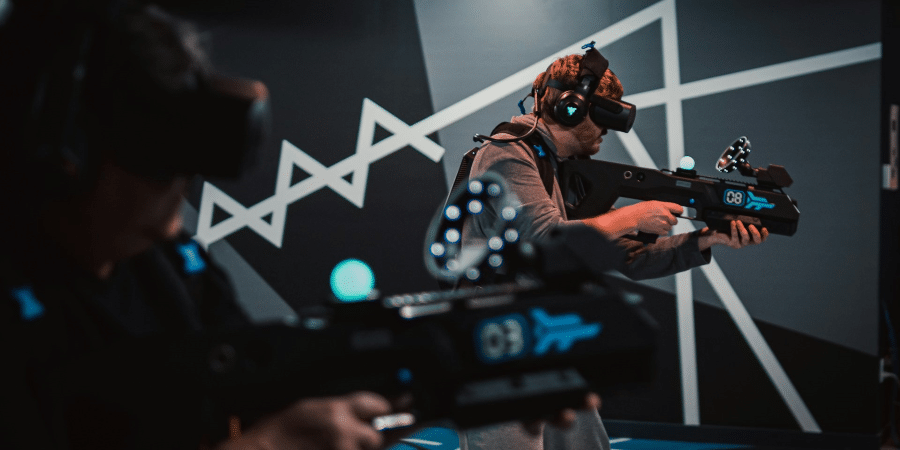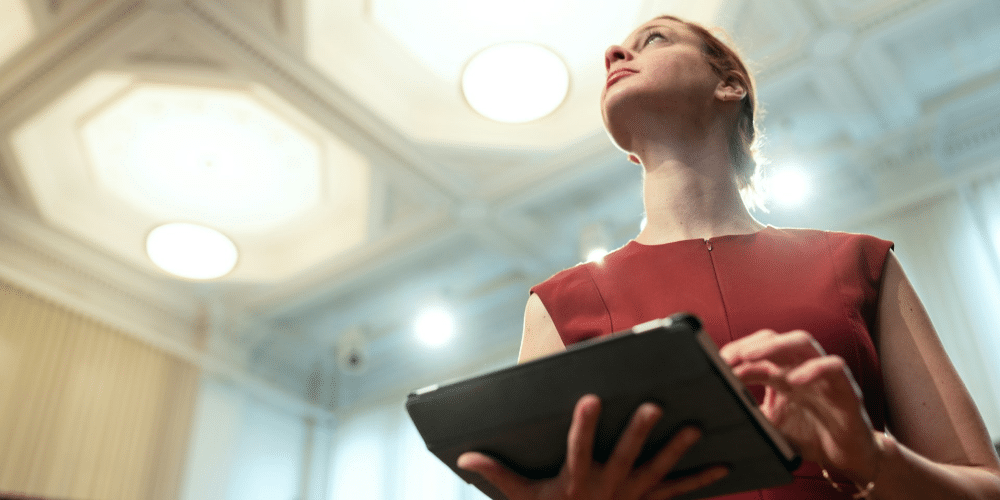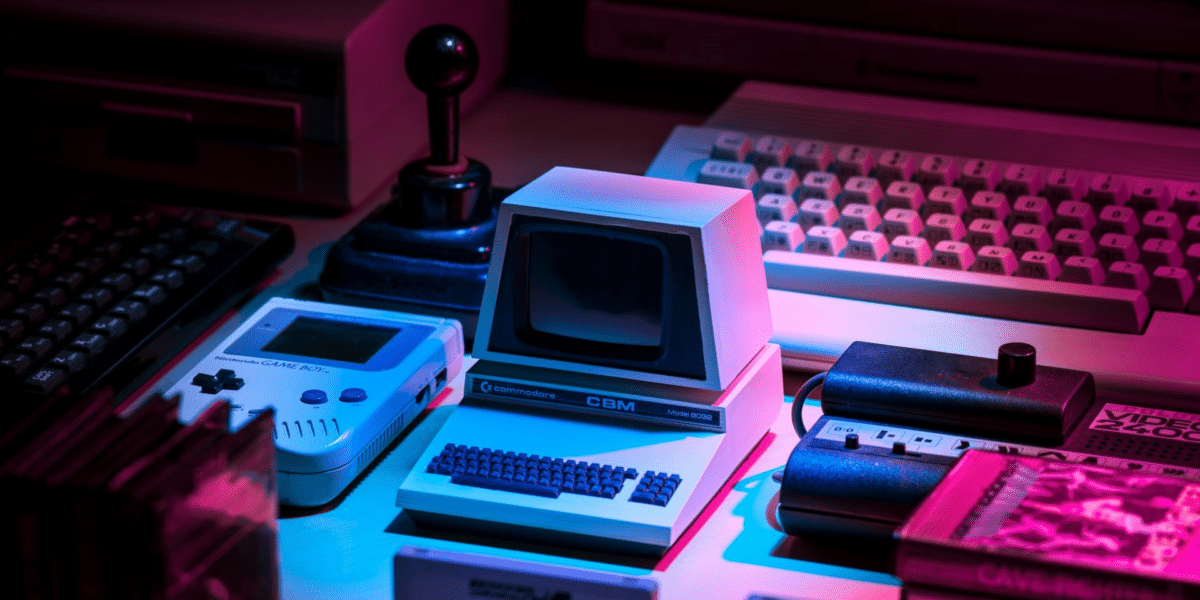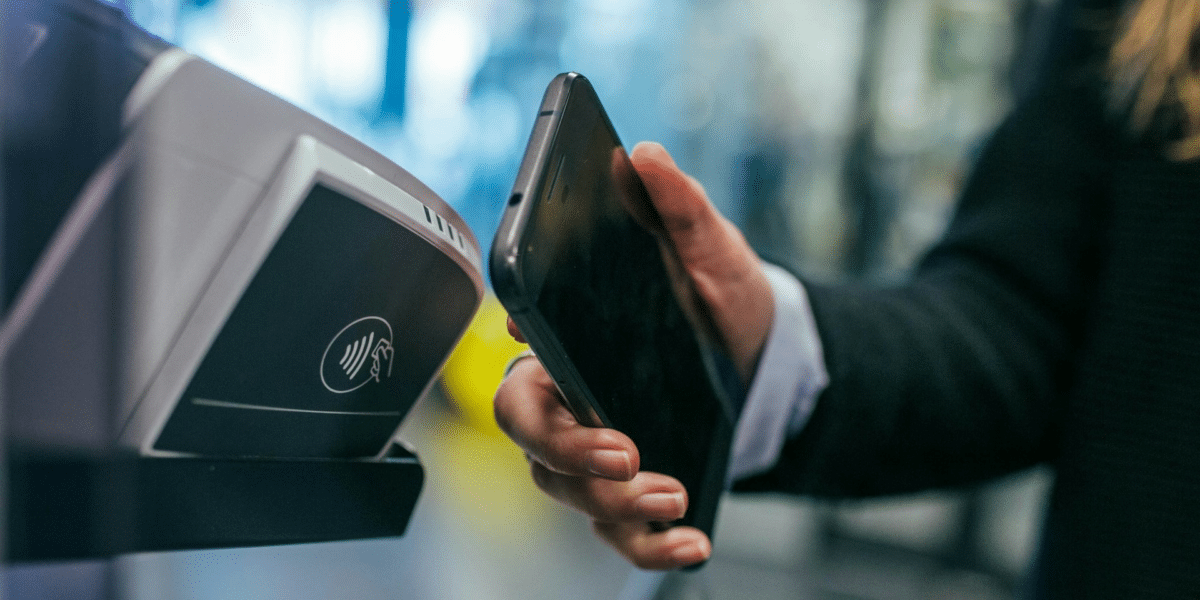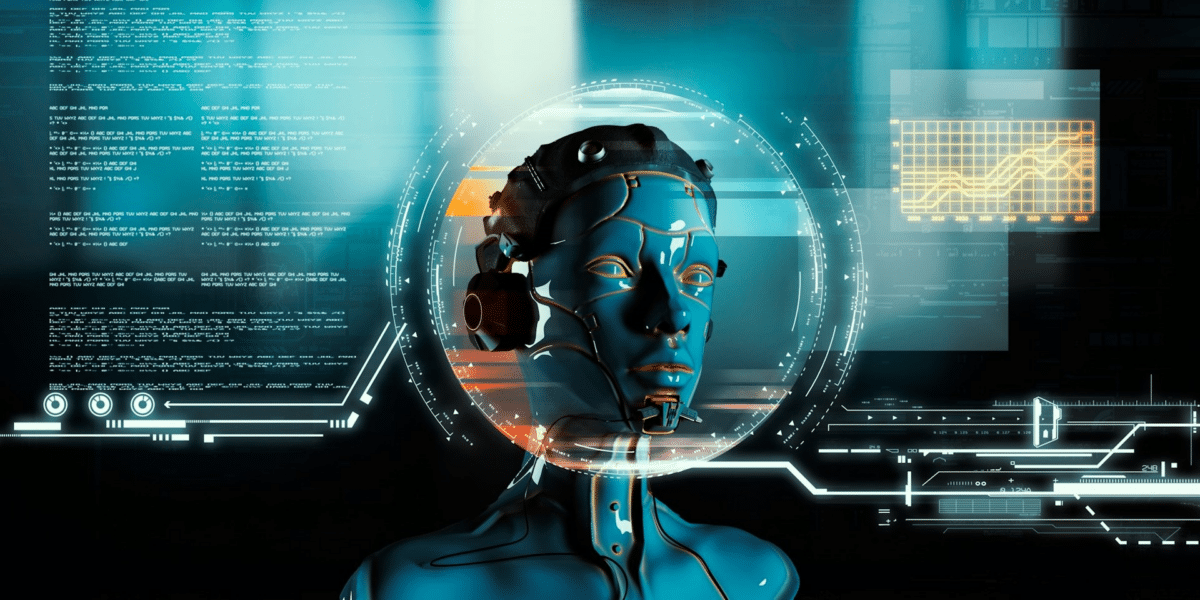VR Gaming: Stepping into the Simulated Spotlight, But Are We There Yet?
Virtual Reality (VR) gaming has captured imaginations for decades, promising a truly immersive experience that transcends the limitations of a screen. Strapping on a VR headset and stepping into a fantastical world sounds like the stuff of science fiction, but the technology is rapidly evolving. So, how close is VR to perfecting the perfect formula for gaming? Let’s delve into the exciting possibilities and the hurdles VR still needs to overcome.
Breaking Down the Barriers: The Allure of VR Gaming
VR gaming offers a unique blend of immersion and interactivity that traditional gaming struggles to match. Here’s what makes VR so appealing to gamers:
- Stepping into the Game: VR lets you transcend the limitations of a screen. Instead of watching your character navigate a virtual world, you become the character, experiencing the environment in a truly physical way.
- Enhanced Realism: VR headsets can create stunning visuals and realistic spatial audio, blurring the lines between reality and the virtual world. Imagine dodging fireballs in a fantasy RPG or feeling the rush of adrenaline as you virtually plummet down a mountain slope.
- Intuitive Interaction: Modern VR controllers allow for natural hand movements, letting you interact with the virtual world in a more intuitive way. Imagine wielding a sword in a medieval battle or manipulating objects in a puzzle game with a more realistic feel.
- A New Frontier for Storytelling: VR opens up exciting possibilities for game developers. Storytelling becomes more immersive, allowing players to feel like active participants in the narrative rather than passive observers.
The Current Landscape: VR’s Gaming Potential
VR gaming is no longer a futuristic pipe dream. Several VR headsets are readily available, offering a diverse range of gaming experiences. Here’s a glimpse into the current state of VR gaming:
- A Spectrum of Experiences: VR games range from action-packed adventures to relaxing puzzle experiences. Whether you crave the thrill of battling aliens or the serenity of exploring a virtual ocean, there’s a VR game out there for you.
- Innovation in Indie Studios: Independent game developers are at the forefront of VR innovation. Many exciting VR titles come from smaller studios, offering unique and experimental gameplay experiences.
- Social VR Experiences: VR isn’t just about solitary gaming. Some VR experiences allow players to interact with each other in virtual spaces, fostering a sense of community and shared experiences.
Challenges and Considerations: The Hurdles VR Needs to Jump
Despite its potential, VR gaming still faces some challenges that need to be addressed:
- Cost: VR headsets can be expensive, making them a significant investment for casual gamers. The cost of entry can be a barrier for some, limiting the overall player base.
- Motion Sickness: VR can cause motion sickness in some users, especially those new to the technology. This can be a significant hurdle for those who want to enjoy extended VR gaming sessions.
- Content Availability: The VR gaming library is still growing. While there are some exceptional titles available, the overall selection might not be as vast as traditional gaming platforms.
- Technical Limitations: VR technology is constantly evolving, but there are still limitations. Resolution, field of view, and processing power can all impact the VR gaming experience.
The Future of VR Gaming: A Collaborative Effort
The future of VR gaming is bright, but it requires a collaborative effort. Here’s what could shape the VR gaming landscape in the years to come:
- Advancements in Technology: As VR technology progresses, headsets will become lighter, more affordable, and offer higher resolutions and wider fields of view. This will enhance the overall gaming experience and reduce the risk of motion sickness.
- Focus on Comfort and Ergonomics: VR headsets need to be comfortable for extended wear. Improvements in design and weight distribution will make VR gaming sessions more enjoyable.
- Content Creation Boom: As VR technology becomes more accessible, a surge in VR game development is expected. This will lead to a wider variety of games, catering to different genres and interests.
- Collaboration Between Developers and Hardware Manufacturers: Close collaboration between VR game developers and hardware manufacturers is crucial. Optimizing games for specific VR headsets will ensure a smooth and enjoyable gaming experience.
VR Gaming: Stepping into the Spotlight, But the Show Isn’t Over
VR gaming offers a glimpse into the future of interactive entertainment. While it hasn’t quite perfected the formula yet, the potential is undeniable. As technology advances, content creation flourishes, and costs become more accessible, VR gaming could very well become the mainstream gaming platform of choice.
So, the next time you consider diving into a game, don’t just reach for your controller – consider strapping on a VR headset and stepping into a world where the boundaries between reality and the virtual become tantalizingly blurred. Whether you’re a seasoned gamer or a curious newcomer, VR gaming offers an experience unlike any other. So, is VR the ultimate gaming experience? The answer, like most things in technology, is a nuanced “it depends.”
Beyond the Hype: Considering Your Gaming Preferences
VR excels at immersion, but it’s not a one-size-fits-all solution. Here are some factors to consider when deciding if VR gaming is right for you:
- Genre Preference: VR shines in specific genres. Adventure games, exploration titles, and simulation games often translate beautifully to VR. However, some strategy games or fast-paced shooters might not be as well-suited for the VR platform (at least not yet).
- Playstyle and Comfort: Do you enjoy long gaming sessions or shorter bursts of gameplay? VR can be physically demanding, and extended sessions might lead to fatigue or motion sickness. Consider your playstyle and comfort level when deciding if VR is a good fit.
- Budget: VR headsets are an investment. Factor in the cost of the headset, games, and a potentially powerful computer that can handle VR processing demands.
The Verdict: VR Gaming, A Promising Future
VR gaming is still evolving, but its potential is undeniable. It offers a unique blend of immersion and interactivity that traditional gaming struggles to match. As technology progresses, VR gaming has the potential to become not just a niche market, but a mainstream gaming platform.
Here’s a quick recap:
- VR excels at immersion, offering a truly physical experience within the virtual world.
- The current VR gaming landscape features a diverse range of experiences, from action-adventure to social VR.
- Challenges like cost, motion sickness, and content availability still need to be addressed.
- Advancements in technology, comfortable VR headset design, and a content creation boom are on the horizon.
So, the next time you’re looking to level up your gaming experience, consider venturing into the world of VR. It might just be the gateway to a whole new dimension of interactive entertainment. While VR gaming isn’t without its limitations, it’s a rapidly evolving field with immense potential. As with any new technology, the key is to be informed, consider your preferences, and embrace the exciting possibilities that VR gaming has to offer.

